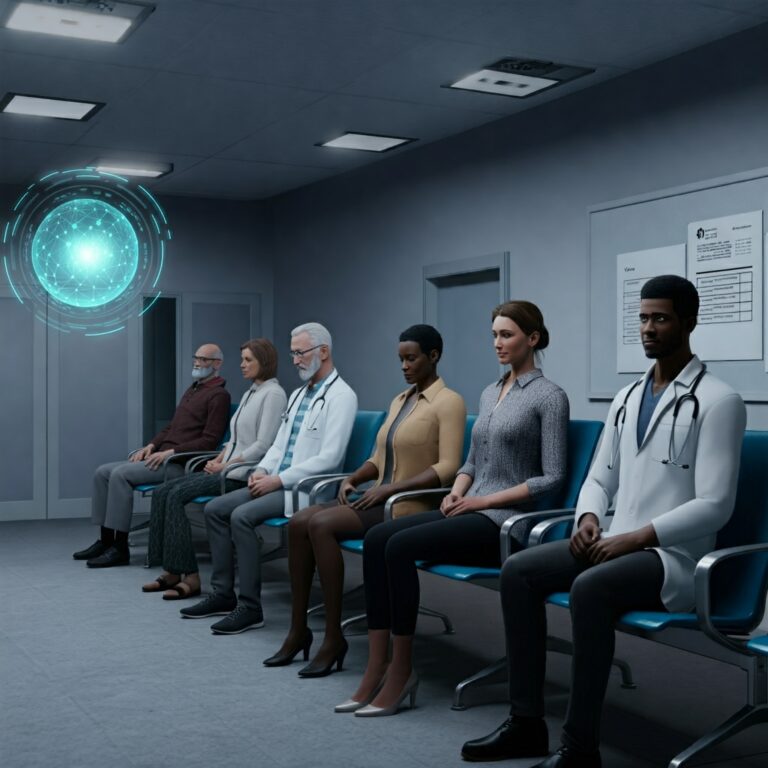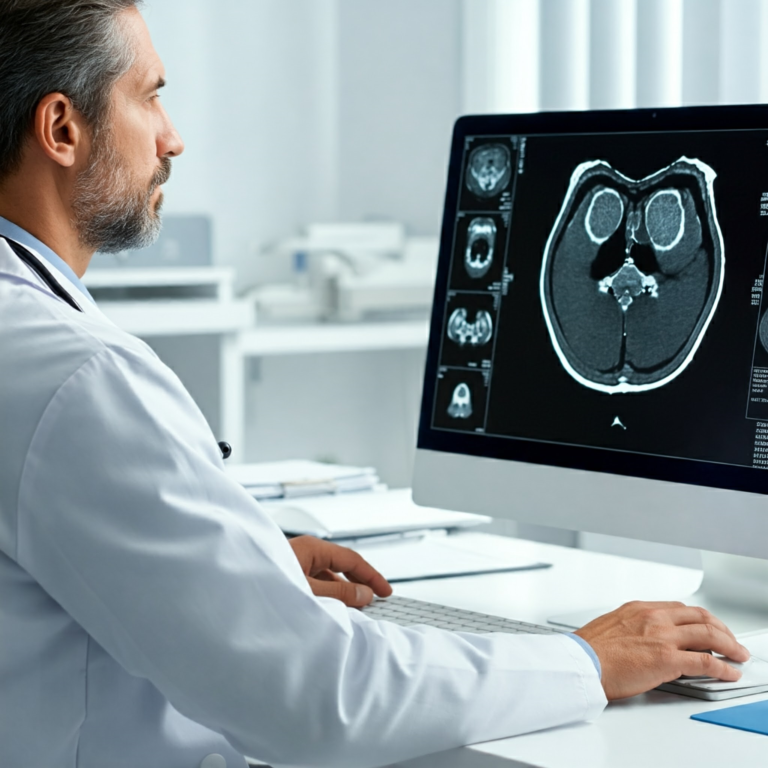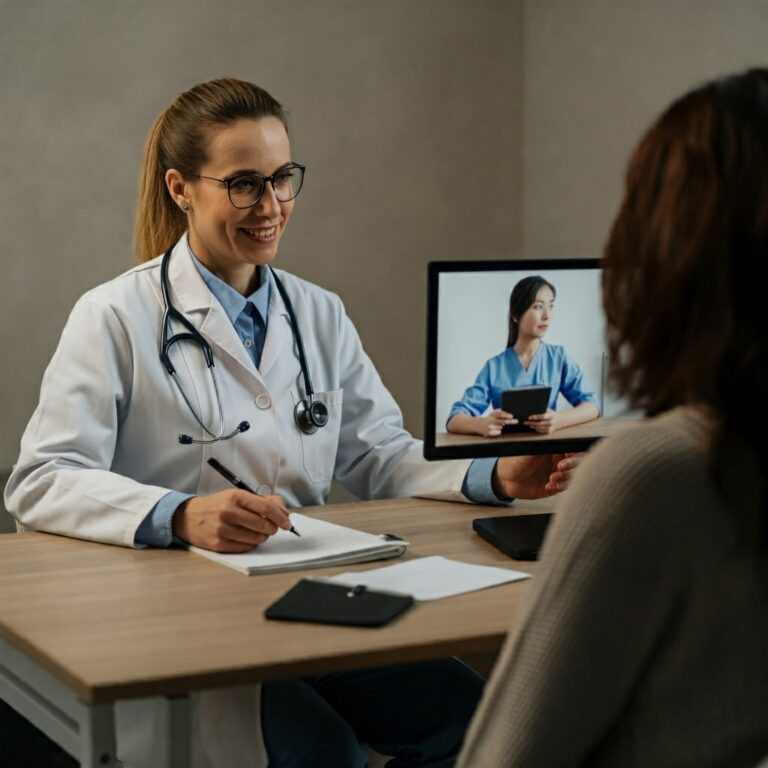The Algorithmic Diagnosis: Can AI Replace Human Intuition in Healthcare?
(Published: 2000)
The burgeoning telemedicine sector is rapidly reshaping the healthcare landscape, promising increased access, reduced costs, and improved patient outcomes. Coupled with the exciting advancements in artificial intelligence (AI), the potential for revolutionizing how we diagnose and treat illnesses appears limitless. However, a critical question remains: Can algorithmic precision truly replace the nuanced art of human intuition in healthcare? This article explores the intersection of telemedicine and AI, examining the transformative potential, current limitations, and crucial implications for healthcare professionals.
Telemedicine: A New Frontier in Healthcare Delivery
At the dawn of the new millennium, telemedicine is evolving from a niche application to a mainstream modality. Driven by increasing internet penetration, advancements in digital communication technologies, and a growing demand for accessible healthcare, telemedicine is breaking down geographical barriers and offering novel solutions for patient care. This includes real-time consultations via video conferencing, remote patient monitoring using wearable sensors, and asynchronous communication through email and secure messaging platforms.
The impact of telemedicine is particularly significant in rural and underserved communities, where access to specialists and timely medical interventions is often limited. Telemedicine bridges this gap, enabling patients to connect with specialists regardless of their location, enhancing the quality of care available. Furthermore, telemedicine promises to alleviate the burden on overcrowded hospitals, reduce healthcare costs associated with travel and in-person visits, and improve patient adherence to treatment plans through remote monitoring and personalized interventions.
The Rise of AI in Telemedicine
The integration of AI into telemedicine is accelerating this transformation, offering unprecedented opportunities to enhance diagnostic accuracy, personalize treatment plans, and improve overall efficiency. AI-powered algorithms can analyze vast amounts of patient data, including medical images, electronic health records, and genomic information, to identify patterns, predict outcomes, and assist clinicians in making informed decisions.
One prominent application of AI in telemedicine is in diagnostic imaging. AI algorithms can detect subtle anomalies in medical images, such as X-rays and MRIs, that might be missed by the human eye, leading to earlier and more accurate diagnoses. In areas like dermatology and ophthalmology, AI-powered image analysis is proving particularly valuable for identifying skin lesions and retinal diseases, respectively.
Furthermore, AI is being used to develop personalized treatment plans based on individual patient characteristics, genetic predispositions, and lifestyle factors. By analyzing patient data, AI algorithms can predict the likelihood of treatment success and recommend tailored interventions, optimizing patient outcomes and minimizing adverse effects.
Key Trends and Statistics Shaping the Future of AI-Powered Telemedicine:
- Increased Adoption of Wearable Technology: The proliferation of wearable devices, such as smartwatches and fitness trackers, is generating a wealth of patient data that can be leveraged by AI algorithms to monitor vital signs, track activity levels, and detect early signs of illness.
- Growing Investment in AI Healthcare Startups: Venture capital funding for AI-driven healthcare companies is surging, indicating a strong belief in the transformative potential of this technology. This investment is fueling innovation and accelerating the development of new AI-powered telemedicine solutions.
- Emphasis on Data Security and Privacy: As the use of patient data expands, ensuring data security and privacy is paramount. Robust cybersecurity measures and adherence to ethical guidelines are crucial for maintaining patient trust and ensuring the responsible use of AI in telemedicine.
- Emergence of Tele-ICUs: AI-powered tele-ICUs are enabling intensivists to remotely monitor critically ill patients across multiple hospitals, providing expert consultations and timely interventions. This allows smaller hospitals without dedicated ICU specialists to have ready access to critical expertise.
Recent Market News (Illustrative Examples for 2000):
- Hypothetical: "MedVision Inc. secures $20 million in funding to develop an AI-powered platform for remote diagnosis of diabetic retinopathy."
- Hypothetical: "Partners Healthcare announces pilot program using AI-enabled wearable sensors to monitor patients with congestive heart failure."
The Algorithmic Diagnosis: A Symbiotic Relationship, Not a Replacement
While AI holds immense promise for transforming healthcare, the question of whether it can entirely replace human intuition remains complex. AI algorithms excel at pattern recognition and data analysis, but they lack the nuanced understanding of human experience, empathy, and the ability to consider contextual factors that are crucial for effective medical decision-making.
The optimal approach lies in leveraging the strengths of both AI and human expertise. AI can augment the capabilities of healthcare professionals by providing data-driven insights, automating routine tasks, and enhancing diagnostic accuracy. However, the final diagnosis, treatment plan, and patient interaction should remain firmly in the hands of human clinicians, who can interpret AI-generated insights in the context of individual patient needs and preferences.
Rather than replacing human intuition, AI should be viewed as a powerful tool that can enhance clinical decision-making and improve the quality of care. The future of healthcare likely involves a symbiotic relationship between AI and human clinicians, where each complements the other’s strengths to deliver optimal patient outcomes. This synergy is especially powerful within the telemedicine sector, allowing clinicians to reach more patients, more effectively.
As the telemedicine sector continues to evolve and AI technology matures, it is essential for healthcare professionals to embrace these advancements while maintaining a critical perspective. By fostering a collaborative approach that combines the power of algorithms with the wisdom of human experience, we can unlock the full potential of AI-powered telemedicine to create a healthier and more equitable future for all.
















